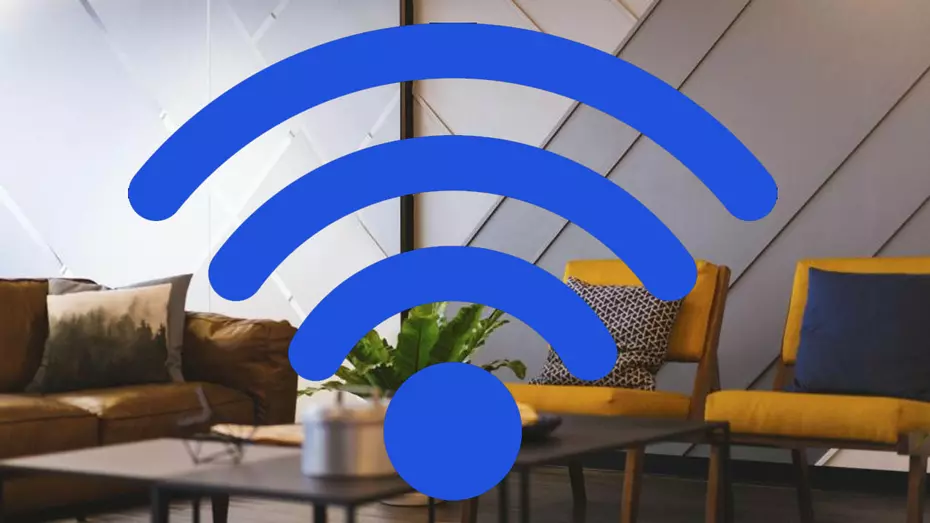Ensuring optimal Wi-Fi coverage in your home is crucial for maintaining a strong and reliable internet connection across all your devices. As technology progresses, understanding the reach and limitations of your Wi-Fi network becomes more important, especially when considering the placement of devices or the need for network extenders. Here are practical tips and tools to help you determine the range of your Wi-Fi and make necessary adjustments for an enhanced online experience.
1. Signal Strength Testing
Understanding the strength of your Wi-Fi signal is the first step in assessing its coverage. Windows users can easily check this by accessing the Terminal or Command Prompt and using the command netsh wlan show interfaces. This will display various network details, including the signal strength percentage. Remember, the closer to 100%, the stronger your signal. However, signal strength alone might not fully represent the network’s performance.
For a more comprehensive analysis, consider using specialized software like Acrylic Wi-Fi. This tool offers detailed insights into your Wi-Fi network, including real-time coverage, interference from neighboring networks, and even the number of devices connected to your access point. It’s an invaluable resource for those looking to optimize their Wi-Fi performance.
2. Speed and Latency Measurements
Beyond signal strength, measuring your network’s speed and latency is essential, especially in parts of your home far from the router. Tools like OpenSpeedTest or iperf3 allow you to conduct local speed tests, providing a clearer picture of your Wi-Fi’s performance throughout your residence. These tests can help identify areas with poor connectivity, guiding you on where to place Wi-Fi repeaters or adjust router settings for better coverage.
3. Understanding Wi-Fi Frequencies
Wi-Fi networks operate on two main frequencies: 2.4 GHz and 5 GHz. The 2.4 GHz band offers broader coverage but at slower speeds, making it suitable for devices further away from the router. On the other hand, the 5 GHz band provides faster speeds over shorter distances, ideal for devices near the router. Knowing which band to connect to, based on your device’s location, can significantly enhance your Wi-Fi experience.
4. Router Specifications
Consulting your router’s specifications can also provide insights into its expected coverage area. Manufacturers often provide details on the maximum range of their devices, which can help you gauge the potential reach of your Wi-Fi. Keep in mind these figures are usually based on optimal conditions, so real-world performance may vary.
5. Router Placement

Finally, the placement of your router plays a critical role in maximizing Wi-Fi coverage. Ensure your router is centrally located, away from obstructions and interference sources like microwaves or cordless phones. Sometimes, simply adjusting the router’s position can significantly improve your Wi-Fi’s reach and performance.
By utilizing these tips and tools, you can effectively assess the reach of your Wi-Fi network and make informed decisions on how to optimize its coverage. Whether through strategic router placement, using network extenders, or adjusting settings, ensuring comprehensive Wi-Fi coverage is key to a seamless and efficient online experience.

